Pratique | Équipement
Piège photographique : filmer une Bondrée apivore attaquant un nid de guêpes
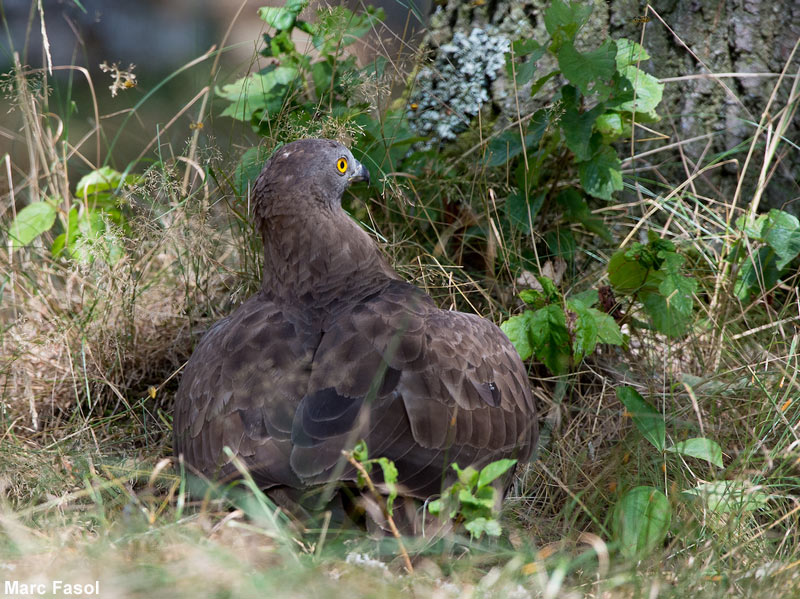
Bondrée apivore (Pernis apivorus) mâle adulte devant un nid de guêpes, jardin près de Bruxelles (Belgique), le 11 août 2019.
Photographie : Marc Fasol
Introduction
Certaines espèces d’oiseaux ont un comportement discret ou vivent dans un habitat dense, et il est donc difficile d’observer leur comportement : la pose d’un piège photographique, ou appareil photo automatique, est donc une solution possible. La Bondrée apivore (Pernis apivorus) est un rapace forestier migrateur de taille moyenne qui construit son nid dans un grand arbre dans les zones boisées (forêts et bois). C’est une espèce peu visible en dehors de sa parade nuptiale et de sa migration, et pourtant elle est très intéressante du fait de son régime spécialisé : elle mange en effet principalement des insectes, et en particulier des hyménoptères (guêpes et bourdons), dont elle n’hésite pas à s’attaquer aux nids, qu’ils soient aériens ou enterrés. L’observation de son nourrissage est fortuite et résulte souvent du hasard. La pose d’un piège photographique près d’un nid de guêpes dans un secteur fréquenté des Bondrées apivores peut donc se révéler riche d’enseignements.
Au début du mois d’août 2019, Marc Fasol a posé un Uovision UM565 HD sur un tronc près d’un nid enterré de Guêpes communes (Vespula vulgaris) au fond de son jardin proche de Bruxelles (Belgique), et il a obtenu des vidéos pédagogiques d’un mâle de bondrée se nourrissant. Il a ensuite réalisé de belles photos avec son reflex Nikon D4s muni d’un zoom 200-400 mm grâce à un affût mobile.
Dans cet article, nous vous présentons quelques-unes des vidéos et des photos obtenues et nous nous intéressons à l’importance des guêpes dans le régime alimentaire des Bondrées apivores.
Abstract
Some bird species have a shy behavior or live in a dense habitat, and it is therefore difficult to observe all their behavior: the installation of a remote camera is thus a possible solution. The Honey Buzzard (Pernis apivorus) is a medium-sized migrating forest raptor that builds its nest in a large tree in wooded areas (forests and woods). It is a species that is not easy to watch beside its courtship and its migration, and yet it is very interesting because of its specialized diet: it eats mainly insects, especially Hymenoptera (wasps and bumblebees), and it does not hesitate to attack their nests, whether they are built on trees or buried. Observation of feeding Honey Buzzards is fortuitous and often results from chance. The installation of a remote camera near a nest of wasps in an area frequented by the Honey Buzzards can therefore be instructive.
At the beginning of August 2019, Marc Fasol installed a Uovision UM565 HD on a trunk near a buried wasps nest in the back of his garden situated near Brussels, Belgium, and it obtained interesting videos of a male Honey Buzzard. He made also beautiful photos with his SLR Nikon D4s equipped with a zoom 200-400 mm thanks to the installation of a mobile hide. In this article, we present some of these videos and photos and we speak about the importance of wasps in the diet of Honey Buzzards.
Poursuivez la lecture de cet article, en vous abonnant dès maintenant !
Découvrez les Archives d’Ornithomedia.com
Pour seulement 10,00 €TTC/an (ou 6,00 € les 6 mois)
Profitez de plusieurs centaines d’articles en accès illimité et sans aucun engagement.
Compléments
Contact
Marc Fasol – Courriel : marc.fasol@icloud.com – Sa galerie de photos : www.oiseaux.net/photos/marc.fasol/
Dans la galerie d’Ornithomedia.com
Bondrée apivore (Pernis apivorus)
La chaîne Youtube d’Ornithomedia.com
La chaîne Youtube d’Ornithomedia
Dans la boutique d’Ornithomedia.com
Produits recommandés
- Camera Trapping for Wildlife Research de Francesco Rovero et Fridolin Zimmermann
- UOVision UV565HD / UO-008
- Moultrie 150 Panoramic
- SpyPoint HD-7
- Bushnell HD Natureview 119740
- Minox DTC-650
- Minox DTC-1100
- Bushnell Trophy Cam HD Agressor
- Bushnell Essential E2
- Acorn Ltl Acorn 6210 mm
Sources
- Karine Mondeau et Denis Thiery (2016). Vespa velatuna: current situation and perspectives. Atti Accademia Nazionale Italiana di Entomologia. Anno LXIV. Pages : 137-142. www.accademiaentomologia.it
- Tadeusz Pawlikowski (2016). Diversity of social wasp communities in the agricultural landscape of Central Poland. Acta Zoologica Bulgarica. Volume : 68. Numéro : 4. Pages : 553-556. www.researchgate.net
- Megan Cartwright tarduit par Jean-Clément Nau (2014). Pourquoi les guêpes sont-elles si agressives à la fin de l’été? Slate. Date : 18/08. www.slate.fr
- Huang Kuang-Ying, Lin Yao-Sung et Lucia Liu Sveringhaus (2004). Nest prosvionning of the Oriental Honey-Bussard (Pernis ptilorhynchus) in Northern Taiwan. Journal of Raptor Research. Volume : 38. Numéro 4 . Pages : 367-371. https://sora.unm.edu
- R. M. R. James et R. W. Key (2001). Some observations on the diet of European Honey-buzzards in Britain British Birds. Numéro : 94. Pages : 433-438. www.britishbirds.co.uk
- Emiel Blanke et Sjaak Bruggeman (2000). Groot verschil in ontwikkeling tussen jonge Wespendieven Pernis apivorus in hetzelfde nest. Natuurtijdschriften. http://natuurtijdschriften.nl/search?identifier=546794
- Achim Kostrzewa (1989). The Effect of Weather on Density and Reproduction Success in Honey Buzzards
Pernis apivorus. Raptors International. www.raptors-international.org - T. R. Birkhead (1974). Predation by birds on social wasps. British Birds. Volume : 67. Numéro : 6. Juin. www.britishbirds.co.uk
- J. Itämies et H. Mikkola (1972). The diet of Honey Buzzards Pernis apivorus in Finland. Ornis Fennica. www.researchgate.net
- France-guêpes. La guêpe, le nid de guêpes : info, biologie, photo. https://guepes.fr/guepe-nid-de-guepes.htm
- Observatoires des rapaces – LPO. Bondrée apivore (Pernis apivorus). http://observatoire-rapaces.lpo.fr/index.php?m_id=20049




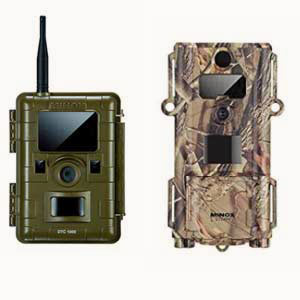
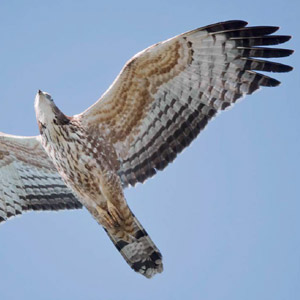
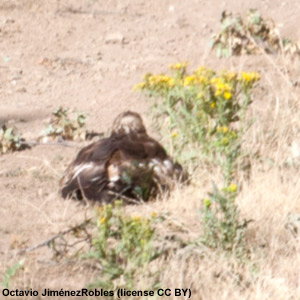
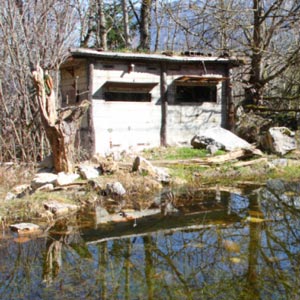
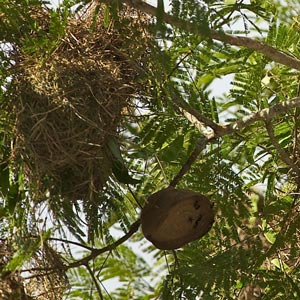
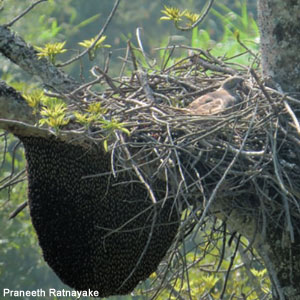
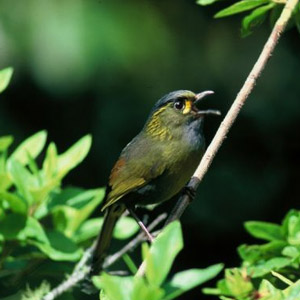
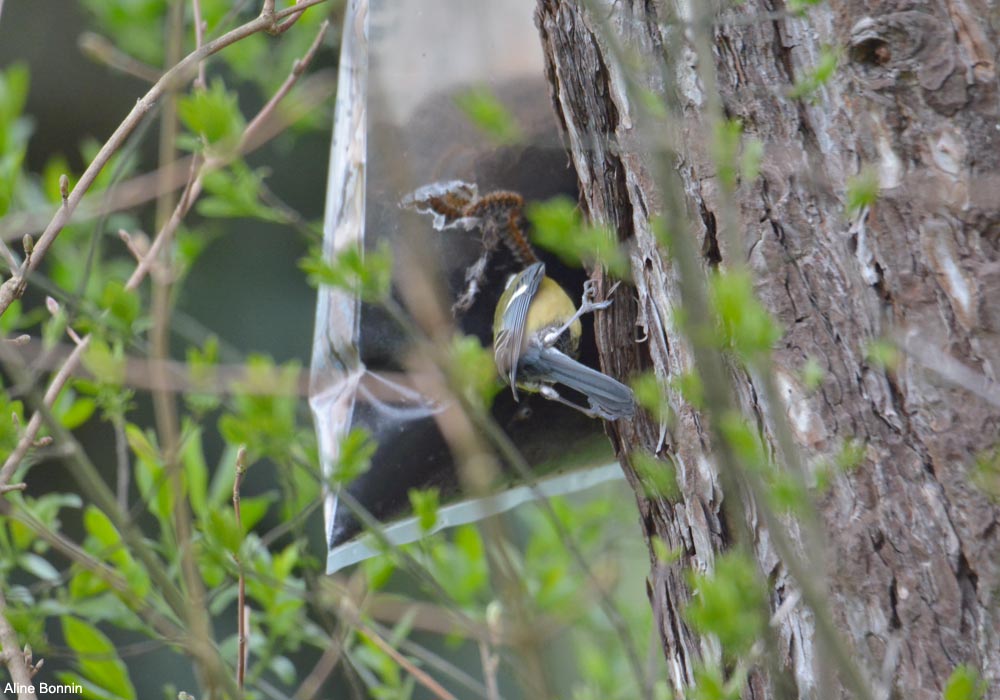
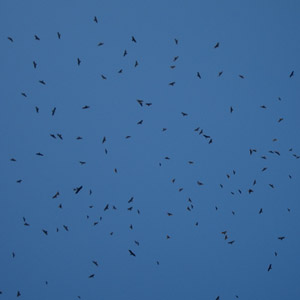
Aucun commentaire sur ce sujet
Participer à la discussion !